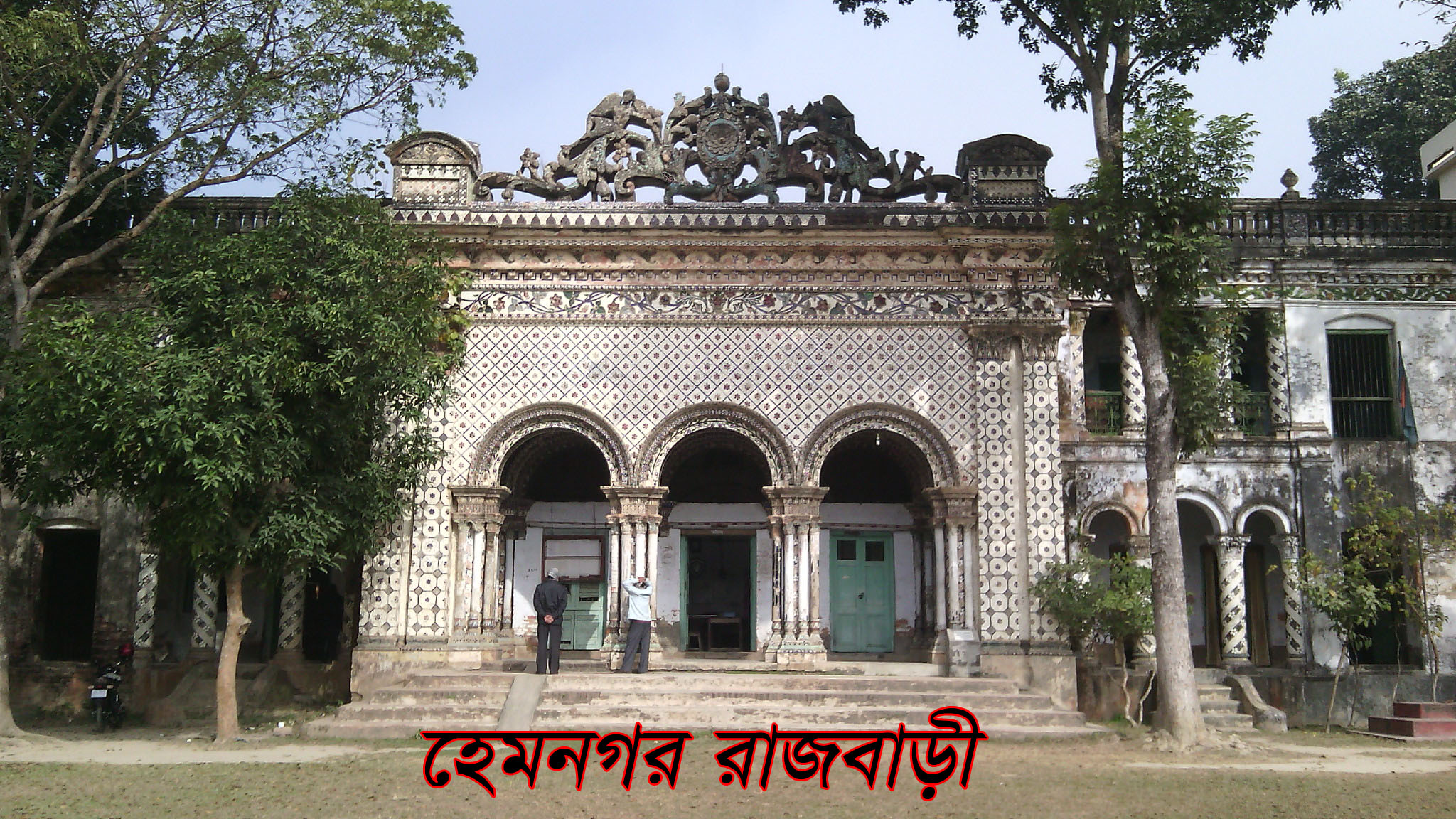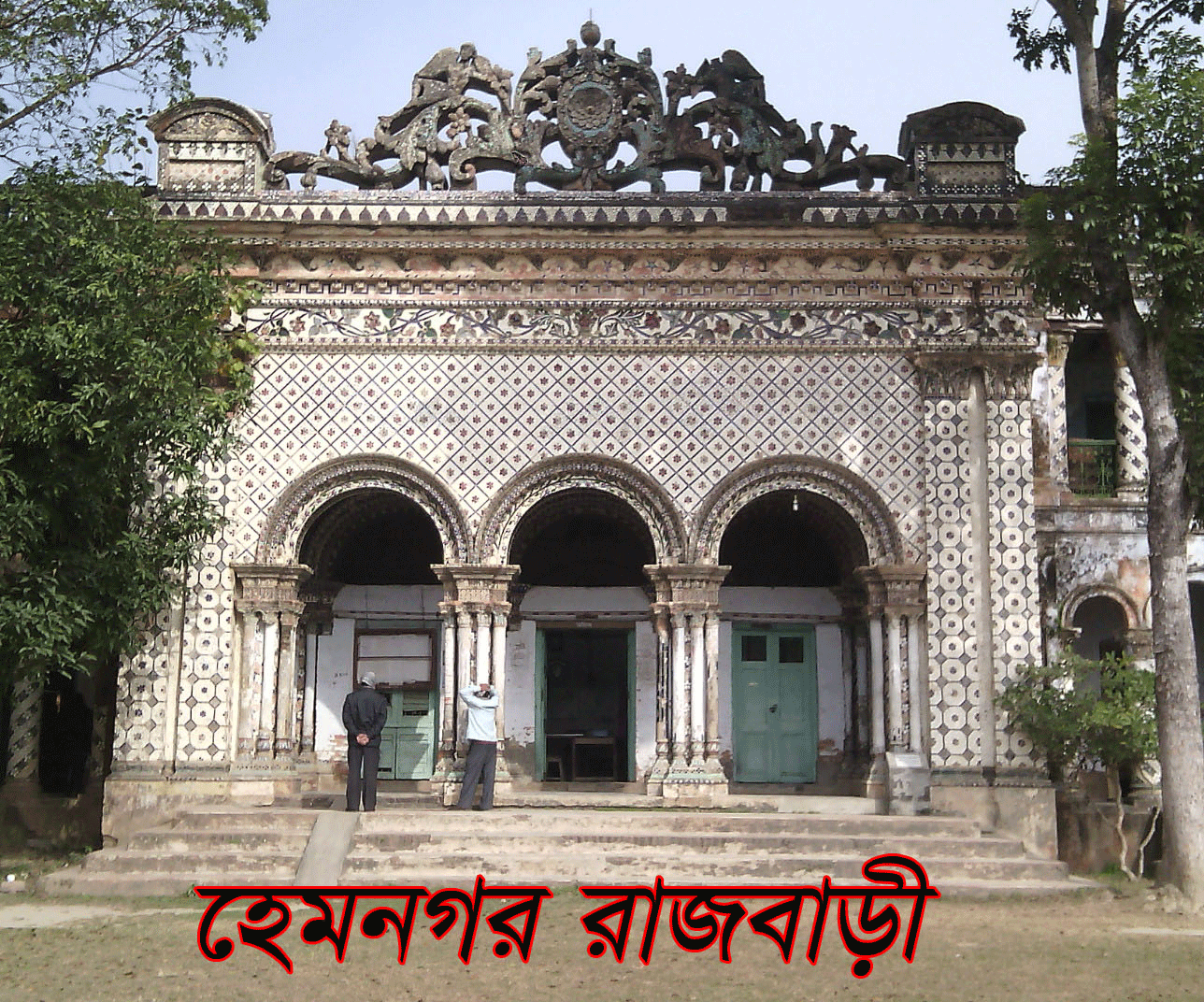-
Upazila related
Upazila introduction
History-tradition
Geographical and economic
অন্যান্য
-
Upazila Parishad
People's representatives
Activities of Upazila Parishad
উপজেলা পরিষদ তথ্য
Minutes of monthly meetings
Annual Financial Statements
Annual Development Plan
রিপোর্ট এবং অন্যান্য
Citizen Charter
Budget and Allocation
ADP Annual Report
Asset Register
Upazila Standing Committee Meeting Minutes
-
১) উপজেলা আইন-শৃংখলা বিষয়ক কমিটি
-
২) উপজেলা যোগাযোগ ও ভৌত অবকাঠামো উন্নয়ন বিষয়ক কমিটি
-
৩) উপজেলা কৃষি ও সেচ বিষয়ক কমিটি
-
৪) উপজেলা প্রাথমিক ও গণশিক্ষা বিষয়ক কমিটি
-
৫) উপজেলা মাধ্যমিক ও মাদ্রাসা শিক্ষা বিষয়ক কমিটি
-
৬) উপজেলা স্বাস্থ্য ও পরিবার কল্যাণ বিষয়ক কমিটি
-
৭) উপজেলা যুব ও ক্রীড়া উন্নয়ন বিষয়ক কমিটি
-
৮) উপজেলা মহিলা ও শিশু উন্নয়ন বিষয়ক কমিটি
-
৯) উপজেলা সমাজ কল্যাণ বিষয়ক কমিটি
-
১০)উপজেলা-মুক্তিযোদ্ধা-বিষয়ক-কমিটি
-
১১) উপজেলা মৎস্য ও প্রানি সম্পদ বিষয়ক কমিটি
-
১২) উপজেলা পল্লী উন্নয়ন ও সমবায় বিষয়ক কমিটি
-
১৩) উপজেলা সংস্কৃতি বিষয়ক কমিটি
-
১৪) উপজেলা পরিবেশ ও বন বিষয়ক কমিটি
-
১৫) উপজেলা বাজার মূল্য পর্যবেক্ষণ মনিটরিং ও নিয়ন্ত্রন বিষয়ক কমিটি
-
১৬) উপজেলা অর্থ বাজেট পরিকল্পনা ও স্থানীয় সম্পদ আহরণ বিষয়ক কমিটি
-
১৭) উপজেলা জনস্বাস্থ্য স্যানিটেশ ও বিশুদ্ধ পানি বিষয়ক কমিটি
-
১) উপজেলা আইন-শৃংখলা বিষয়ক কমিটি
-
Upazila administration
UNO Office
এ্যাপয়েন্টমেন্ট ও সভা
সেবা ও অন্যান্য
- Municipality
-
Government office
Law and order matters
Health matters
Agriculture and Food Affairs
Engineering and Communication
Human resource development issues
Education matters
others
Government Project Office
-
Other Institutions
শিক্ষা প্রতিষ্ঠান
বেসরকারী প্রতিষ্ঠান
- e-services
- online hearing
- Gallery
-
Upazila related
Upazila introduction
History-tradition
Geographical and economic
অন্যান্য
-
Upazila Parishad
People's representatives
Activities of Upazila Parishad
উপজেলা পরিষদ তথ্য
Minutes of monthly meetings
Annual Financial Statements
Annual Development Plan
রিপোর্ট এবং অন্যান্য
Citizen Charter
Budget and Allocation
ADP Annual Report
Asset Register
Upazila Standing Committee Meeting Minutes
- ১) উপজেলা আইন-শৃংখলা বিষয়ক কমিটি
- ২) উপজেলা যোগাযোগ ও ভৌত অবকাঠামো উন্নয়ন বিষয়ক কমিটি
- ৩) উপজেলা কৃষি ও সেচ বিষয়ক কমিটি
- ৪) উপজেলা প্রাথমিক ও গণশিক্ষা বিষয়ক কমিটি
- ৫) উপজেলা মাধ্যমিক ও মাদ্রাসা শিক্ষা বিষয়ক কমিটি
- ৬) উপজেলা স্বাস্থ্য ও পরিবার কল্যাণ বিষয়ক কমিটি
- ৭) উপজেলা যুব ও ক্রীড়া উন্নয়ন বিষয়ক কমিটি
- ৮) উপজেলা মহিলা ও শিশু উন্নয়ন বিষয়ক কমিটি
- ৯) উপজেলা সমাজ কল্যাণ বিষয়ক কমিটি
- ১০)উপজেলা-মুক্তিযোদ্ধা-বিষয়ক-কমিটি
- ১১) উপজেলা মৎস্য ও প্রানি সম্পদ বিষয়ক কমিটি
- ১২) উপজেলা পল্লী উন্নয়ন ও সমবায় বিষয়ক কমিটি
- ১৩) উপজেলা সংস্কৃতি বিষয়ক কমিটি
- ১৪) উপজেলা পরিবেশ ও বন বিষয়ক কমিটি
- ১৫) উপজেলা বাজার মূল্য পর্যবেক্ষণ মনিটরিং ও নিয়ন্ত্রন বিষয়ক কমিটি
- ১৬) উপজেলা অর্থ বাজেট পরিকল্পনা ও স্থানীয় সম্পদ আহরণ বিষয়ক কমিটি
- ১৭) উপজেলা জনস্বাস্থ্য স্যানিটেশ ও বিশুদ্ধ পানি বিষয়ক কমিটি
-
Upazila administration
উপজেলা নির্বাহী কর্মকর্তা
UNO Office
এ্যাপয়েন্টমেন্ট ও সভা
সেবা ও অন্যান্য
- Municipality
-
Government office
Law and order matters
Health matters
Agriculture and Food Affairs
Engineering and Communication
Human resource development issues
Education matters
others
Government Project Office
-
Other Institutions
শিক্ষা প্রতিষ্ঠান
বেসরকারী প্রতিষ্ঠান
- e-services
-
online hearing
list of case
admin login
-
Gallery
Photo gallery
Video Gallery
Naming: In the book titled 'Tangail District Place Bichitra' published by Tangail Zilla Parishad in 2008, there are two types of opinions regarding the naming of Gopalpur. First, during the Mughal rule, an Afghan dervish named Gopal Shah came here and built an Astmana. Gopalpur was named after Gopal Shah. Secondly, Gopal, who came from Chittagong, took this Mauj pattani from the zamindar Ranibhavani and settled permanently. Gopalpur is named after him. Here pur means home. The latter opinion seems more correct. Till 1904 Gopalpur Mauza was dominated by Hindus and Hindu moneylenders set up jute factories in Nandanpur area of Gopalpur Mauza on the banks of river Bairan. Hindu traders used to send baled jute from the factories here to Kolkata via Bairan river.
Administrative History: Gopalpur Upazila of Tangail is an ancient township. It is known from the invaluable book 'Description of Mymensingh' by Shri Kedarnath Majumdar published in 1904, that Mymensingh district was divided into 39 parganas in 1783. Entire part of North Tangail including Gopalpur Upazila was under Pukhuria Pargana. Gopalpur and Yamuna were all connected by river route. For this reason, a large river port has been built in the south of Sonamui village of Jhawail union of Hemnagar upazila in Subarnakhali village. Big steamers flocked to this golden port. Steamers used to run from Hargila in Assam to Manikganj in Dhaka. Mymensingh-Jagannathganjghat railway was started in 1899 to establish communication with Subarnakhali port. Pingna to Savarnakhali parimatma road is paved. This is the first paved road of Gopalpur police station. From Suvarnakhali to Pingna, Jagannathganjghat railway was connected to Dhaka via Mymansiah. And a separate police station and judge's court were established at Pinga on the banks of the Yamuna, 4 km north of the Subarnakali port. Pingna is currently a prominent business center of Sarishabari Upazila. However, at present, Gopapur upazila has no boundaries of Subarnakhali port or township. This century-old port has disappeared due to the embankment of the Yamuna. However, a town called Sonamui has been developed on its northern side. Contemporary texts mention that the Pingna police station and judge's court were established in the third decade of the 19th century. At that time a Tehsil Kachari was established in Pinga. It is believed by many that these government office courts were established in Pinna due to the convenience of communication with Kolkata by sea. The administrative, revenue and judicial systems of the present Gopalpur, Bhuapur, Dhanbari and Sarishabari upazilas of Jamalpur were administered from this Pingna. Gopalpur was then only a mauza of the zamindar of Natore. But history is silent about when Gopalpur Bakti got the status of police station. However, it can be said from M. Abdulsnahar's New History of Mymensingh, Professor Khandkar Abdur Rahim's History of Tangail and 'History of Tangail' published by Tangail Zilla Parishad that there were no police outposts in Gopalpur and Kalihati in 1869 when Tangail was established as Thana Sub-division. At that time Gopalpur Purlash outpost was under Pingna police station. According to the information of the Mymensingh District Gazetteer published in 1969, Gopalpur outpost became a full-fledged police station probably sometime between 1869 and 1890. In the book of Kedarnath Majumdar in 1904, it is seen that Tangail Sadar Thana, Kalihati and Gopalpur Thana were independent at that time. At that time the heart of Gopalpur was Subarnakhali Port and the thana town was Pinna. Hemchandra Chowdhury, the zamindar of Ambaria of Madhupur upazila, built his palace in 1885 on the outskirts of Subarnakhali port for the names of Subarnakhali and Pinna. Later, when Suvarnakhali was lost in the collapse of Yamuna, he came to Shimlapara Mauza and again built a palace called Paridalan. Which now somehow survives. The village was named Hemnagar after Hemchandra Chowdhury. Hemchandra Chowdhury established a school in Hemnagar in 1900. Which is now known as Sashimukhi High School. It is the first educational institution of Gopalpur police station. 'The account of Mymensingh, it is seen in the book, that in 1904 the number of students of Hemnagar High School was 201. Zamindar Hemchandra Chowdhury did not accept any government aid for this school. It can also be seen in the description of that book that the area of Gopalpur Thana was 386 square miles. The number of people was 2 lakh 71 thousand 702 people. The number of villages is 695 people. There were 53 thousand 186 people belonging to Hindu religion. Muslims were 2 lakh 18 thousand 236 people. 5 Christians and 264 devil worshippers. In 1904, the total number of educated people in this upazila was 12 thousand 40 people. Among them, the number of English speaking people was 700. In that year, Gopalpur, Kamakhya Mahanpur and Nagadashimla post offices were established. Gopalpur sub-registry office was established at this time. The first Gopalpur-Pingna Telegraph Office was established in 1907. Between 1880 and 1890, Jhawail, Nandanpur, Prafulsnanagar (now Syedpur in Nagadashimla Union) and Hemnagar Tehsil Kachari were established.
Gopalpur during zamindari period: At that time Gopalpur upazila was part of Pukhuria pargana but was the Rani Hemmatma Kumaritialuk of Hemnagar, Dhanbari and Natore. That is why the residents of this upazila were subjects of three landlords. That's why there was asymmetry from village to village. There was an uproar over the occupation of the people.
Gopalpur division: In 1972, Bhuyapur upazila was formed with 6 unions of Gopalpur upazila. In 1987, Mushuddi Union of Gopalpur Upazila was incorporated into Madhupur Upazila. Later Mushuddi Union was incorporated into Dhanbari Upazila.
Planning and Implementation: Cabinet Division, A2I, BCC, DoICT and BASIS

.jpg)












